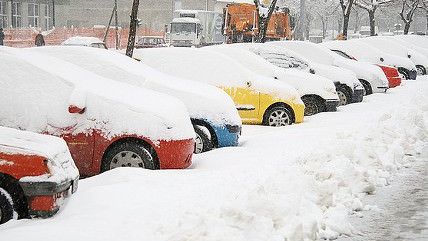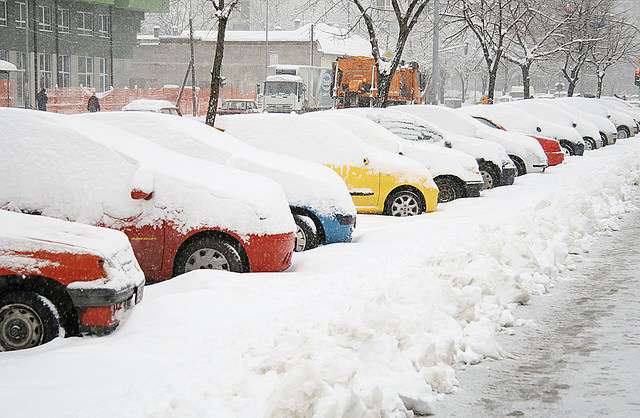Uber Agrees to Cap Surge Pricing During Emergencies. That Sucks for Customers and Drivers.


This afternoon, New York Attorney General Eric T. Schneiderman announced that the ridesharing app Uber has agreed to cap its prices during emergencies in order to comply with the state's price gouging laws.
Schneiderman seems pretty pleased with himself, and he's even got a quote from a highly domesticated version of bad-boy Uber CEO Travis Kalanick as a trophy in his press release. But Uber's customers and drivers should be pretty pissed off.
Right now, Uber uses dynamic pricing to encourage drivers to come out when demand is high or conditions are unappealing. The app warns users that they will be paying higher prices and lets them estimate the cost of their ride before clicking the button to summon a car. But that kind of disclosure isn't enough for New York's regulators.
According to the press release:
New York's law against price gouging (General Business Law §396-r), was passed in the winter of 1978-79 in response to escalating heating oil prices. It defines an "abnormal disruption of the market" as "any change in the market, whether actual or imminently threatened, resulting from stress of weather, convulsion of nature, failure or shortage of electric power or other source of energy, strike, civil disorder, war, military action, national or local emergency, or other cause of an abnormal disruption of the market which results in the declaration of a state of emergency by the governor." During an abnormal disruption of the market, all parties within the chain of distribution of any essential consumer goods or services are prohibited from charging "unconscionably excessive prices."
What this means for New Yorkers: Assuming Uber doesn't have a behind-the-scenes plan to bump driver pay in times of crisis, fewer drivers are going to heroically schlep out to the far reaches of Brooklyn when it's snowy or subway strike-y. That means customers who would be willing to pay still can't get a ride and drivers who would be willing to work will stay at home instead.
Uber CEO and co-founder Travis Kalanick said this, hinting at broader implementation nationwide:
"This policy intends to strike the careful balance between the goal of transportation availability with community expectations of affordability during disasters. Our collaborative solution with Attorney General Schneiderman is a model for technology companies and regulators in local, state and federal government."
Aw. So warm and fuzzy. To be fair, Kalanick was probably trying to forestall a worse deal for his company and his customers in this negotiation.
But just as a reminder, here's Kalanick on regulators in 2012:
"Every city we go to eventually the regulators will make something up to keep us from rolling out or continuing our business," he told an audience at TC Disrupt in San Francisco….
Kalanick…waxed philosophical about what it is that drives regulators in his industry specifically. "I have been trying to understand the regulators," he said, and he'd decided that they work on three levels — none too good.
"One is cronyism," he said. "They get a Stockholm Syndrome with the folks they regulate… One even told me that they view themselves as customer support for the taxi and livery companies."
Number two: "If they don't have rules they feel it is illegal," he said. This is the knee-jerk, err-on-the-side-of-caution approach that Uber has currently been fighting.
Number three will sound familiar to anyone who has covered regulation in many other areas, like technology: "They are incredibly sensitive to what's the public view, the optics rather than the reality," Kalanick said.
Sigh.
Bonus: Here's the super-simple system Uber will be expected to use to determine a fair price during emergencies, as described in the agreement:
Clear as mud.


Show Comments (57)